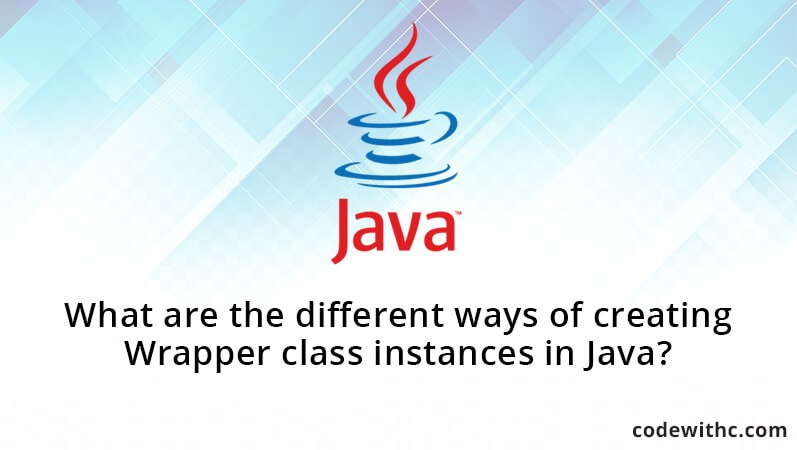There is a wrapper class for each primitive date sort in Java. This class exemplifies a solitary incentive for the primitive information sort. For example the wrapper class for int is Integer, for buoy is Float, et cetera. Keep in mind that the primitive name is essentially the lowercase name of the wrapper aside from roast, which maps to Character, and int, which maps to Integer.
The wrapper classes in the Java API fill two essential needs:
- To give a system to “wrap” primitive values in a question so that the primitives can be incorporated into exercises held for items, as being added to Collections, or come back from a technique with a protest return esteem.
- To give a grouping of utility capacities for primitives. A large portion of these capacities are identified with different changes: changing over primitives to and from String objects, and changing over primitives and String items to and from various bases (or radix, for example, twofold, octal, and hexadecimal.
The wrapper question of a wrapper class can be made in one of two routes: by instantiating the wrapper class with the new administrator or by conjuring a static strategy on the wrapper class. We will investigate this further in this article.
Making Wrapper Objects with the new Operator
Before we can instantiate a wrapper class, we have to know its name and the contentions its constructor acknowledges. The name of the wrapper class comparing to every primitive information sort, alongside the contentions its constructor acknowledges, is recorded beneath:
All the wrapper classes are announced last. That implies you can’t get a subclass from any of them.All the wrapper classes aside from Boolean and Character are subclasses of a dynamic class called Number, though Boolean and Character are gotten straightforwardly from the Object class.All of the wrapper classes with the exception of Character give two constructors: one that takes a primitive of the sort being developed, and one that takes a String portrayal of the sort being built—for instance,







